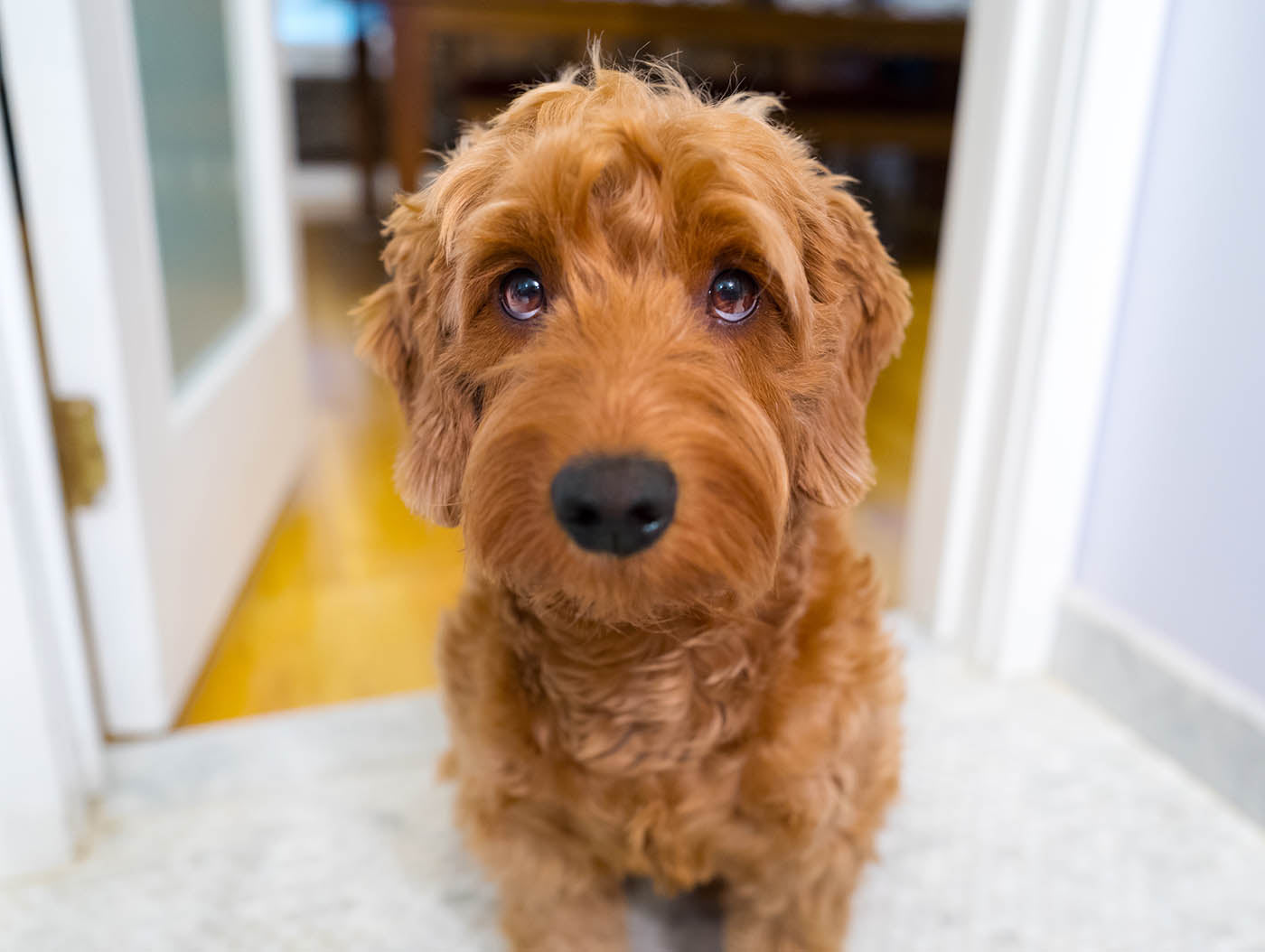Separation anxiety is a distressing condition observed in pets when they experience fear or stress upon being separated from their owners or even other pets. This challenge can manifest differently in various animals - often leading to disruptive behaviors as they struggle with being alone. Animals are social creatures and being alone can be stressful.
Some of the behaviors of separation anxiety by pets can include excessive barking when left alone (which can also cause problems with your neighbors), persistent meowing, and destructive behavior such as chewing furniture, scratching at doors and digging into the carpet. In birds it can manifest as excessive feather plucking. Pacing and restlessness can also demonstrate agitation. Other signs can also be inappropriate elimination of waste despite being house-trained, and even drooling and trembling.
Causes for the separation anxiety can include past trauma (some rescue pets can certainly have experienced neglect or abandonment in their past), abrupt changes in routine and/or environment, and pets being overly attached to their owners. When we were all in COVID shutdown, many pet owners spent a lot more time working out of their homes, and as we have been going back into the workplace more regularly, we heard a lot of that occurring with many of our guests.
To help prevent and manage separation anxiety there are some things you can do. You can initiate a gradual desensitization by leaving your pet alone for short periods, gradually increasing the duration. Rewarding calm behavior to reinforce positive associations with alone time using their favorite treats makes this process easier. You can provide engaging toys, comfortable bedding and background noise like soothing music or TV to help alleviate boredom and anxiety. Establishing a routine early, like consistent feeding times, walks, work schedules, and play sessions, can create a sense of predictability and security for your pet.
A safe and quiet place to call their own goes a long way to helping pets being alone. In dogs this is a kennel or covered pen. The cover helps reduce background noise and light that may upset the dog in your absence.
For example, when Petland staff member Ken brought his new Quaker parrot (Mulligan) home for the first time he deliberately did so on a Tuesday night (read more about Mulligan here). He wanted to establish with Mulligan what his work schedule was going to be like, so that right from day one, Mulligan knew what to expect. Taking a week or two off to spend time with your new pet - while this seems like a fun prospect for excited new pet owners - can be upsetting to your new pet when you go back to your regular routine.
For dogs and cats, the brands Adaptil (dogs) and Feliway (cats) make a few products that can aid in your pet's anxiety. Adaptil comes in a collar style that your dog can wear (they have puppy and adult dog varieties!) and in a plug-in diffuser. Adaptil works in the way that it releases a calming pheromone (you can’t smell it, only your dog can) that helps ease anxiety. Similarly, Feliway makes a diffuser that acts the same, but they also have one that is designed for households with multiple cats that aids in introductions and tension between multiple cats. These products are good tools to have on hand in case other efforts are not getting the desired outcome.
Understanding and addressing separation anxiety in pets is crucial for their overall well-being. By recognizing the signs, identifying triggers, and implementing preventive measures, pet owners can create a supportive environment that fosters a sense of security and comfort for their pets.



